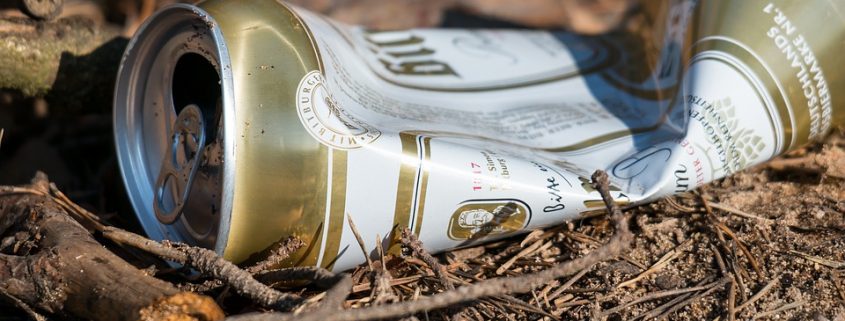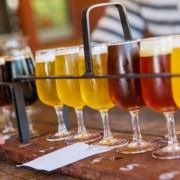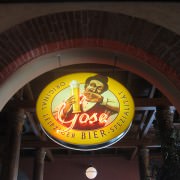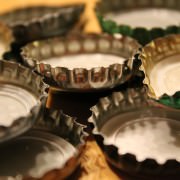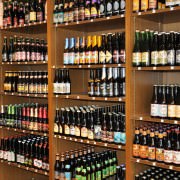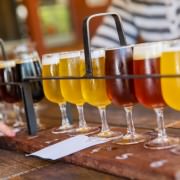The Perfect Strategy to Ruin Any Beer Program
Hello earnest beer merchant! Are you looking to ruin the beer program at your tavern, bar, or restaurant? Perhaps alienate your customers? Or become all too consumed with tapping the latest beer trends? Well, here’s the perfect blog post for you!
Bonus: If you’re actually looking to build a stronger beer program and increase your beers sales, then you can just do the exact opposite of the items listed below. Follow these 5-mistakes and ruin your beer program. Or, don’t follow these and find success with a bubbling and profitable beer program.
1. Overstock on Beers with High Alcohol Volumes
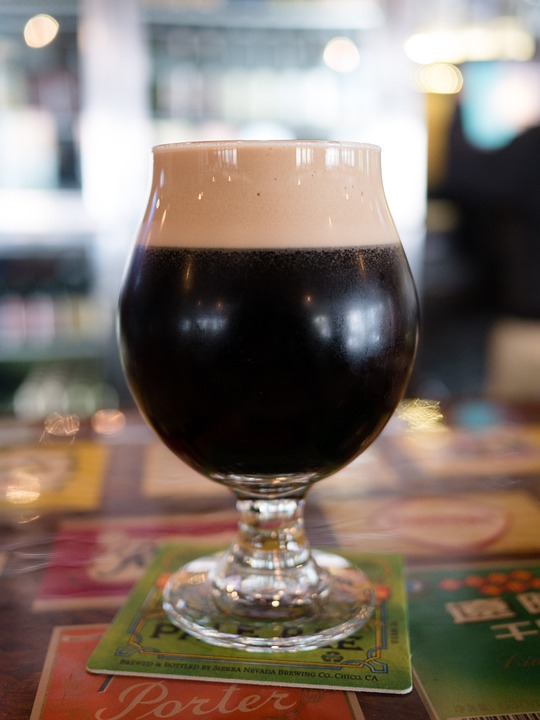
Craft brewers love to get Xtreme™ and brew beers with high alcohol volumes. But brewers and beer sellers should understand that the needs of on-premise beer sellers is different than that of off-premise sellers. It’s fine for a beer retailer to sell six-packs of Double IPAs that crest 10 percent in alcohol by volume. But if you’re running a bar, you cannot overstock beers with high alcohol by volume. It’s bad business.
A bar or restaurant owner should not stock their bar like they are running a liquor store.
There’s a BIG difference between drinking at home and drinking at a bar or a restaurant. When I pour a drink at home, my hands are heavier than George Foreman’s; I get about 2.5 glasses of wine per bottle at home. But at a restaurant, high ABV beers can prevent customers from ordering a second or third round. Simply put, these beers get people drunk, faster. This isn’t a pregame for a night out. You want your customers to order a couple rounds of drinks at least, and to stay coordinated and coherent.
What is a beer with high ABV?
There isn’t a legal or definitive answer for this question. I read through two different threads on Beer Advocate and found that the general consensus matched up with my own considerations. Ignore the answers of the really cool tough guys that consider a beer to be high in alcohol ONLY if it’s above 10-or-12 percent. Most folks drew the line at either 7 percent or 8 percent alcohol. Some said 6 percent. It really depends on your location, your bar, and what your customers type of beer your customers are used to drinking.
Get Tip to Modernize Your Bar and Stay Ahead of The Competition with Uncorkd’s How to Increase Beverage Sales By Modernizing Your Bar
2. Pay Way Too Much For One-Off, Speciality Beer Releases
Does your beer distributor ever rave to you about extremely limited special releases from your local brewers that you absolutely MUST buy? Well, DON”T DO IT. Or, at least, don’t do it every time. Those beers can be crazy expensive and ultimately sit in a keg and hold a tap line hostage for way too long. Because many of these beers are expensive, they can hurt your margins. It’s really tough to consistently sell a 10 oz. pour for $12.
Don’t get me wrong; It’s great to have speciality releases and to build solid relationships with local brewers. But your decision needs to factor in pricing, seasonality, and what your current tap and bottle line up look like right now. Don’t be a sucker for special releases. Put them on tap and run them alongside promotions. This way you’ll move the beer faster and help promote your local brewer.
3. Over Rotate Your Tap Selection
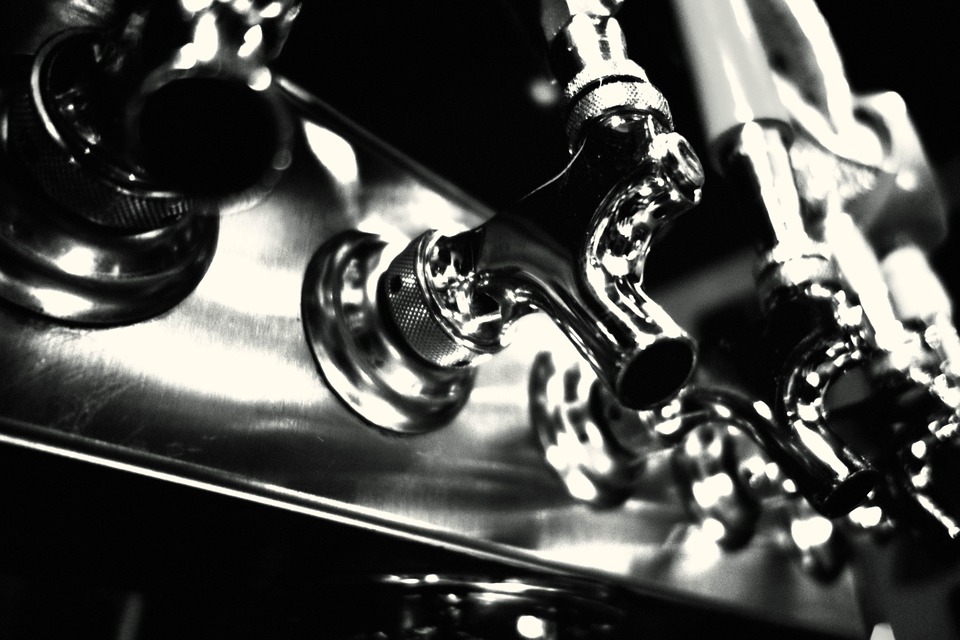
It’s great to rotate your tap selection! People love trying new beers. They might even come to your bar for that exact reason! But your tap selection shouldn’t revolve like a galaxy . You need to have some sort of core list that stays put.
There is something admirable about consistency. And this tip is all about finding a balance between consistency and experimentation. Keep things interesting on your list, but keep some crowd pleasing standards on draft. I’m not advocating for Bud Light here (but go for it if that works for your customers!) but do keep an easy drinking lager in your draft lines, along with the local favorite IPA.
To wax philosophical, a draft line-up is a bit like life; change is good when it ruptures predictability but if it’s too constant then change just becomes chaos. You don’t want a chaotic beer program. This can lead to out-of-date menus, printing too many menus and other issues.
(If you are constantly dealing with these issues, Uncorkd digital menus can be a solution)
4. Ignore Everything Except IPAs
Beer trends are constantly popping up and keeping beer lists exciting. The craft category has expanded well beyond the IPA craze of a few years ago. But too many bars continually carry an overabundance of IPAs and Pale Ales For some, this isn’t a bad thing. But it’s important to expand your selection beyond hop-soaked ales.
There are so many great styles of beer being resurrected and created by breweries all across the country. It’s important to stay abreast of these styles and understand that the variety of beer drinkers is becoming as widespread as the variety of beers on the market.
5. Listen To Beer Ratings
This advice has a lot in common with the first item on our list. High ABV beer is a popular purchase, but it makes more sense for beer retailers to focus on these beers than for on-premise sellers. Same goes with beer ratings. Beer Advocate and RateBeer have both become great communities for beer drinkers to share opinions, do research, and become more in-tune with their local and national beer scene.
But those ratings don’t mean jack for bar and restaurant operators. A high rating from Beer Advocate won’t mean that beer will necessarily be a big seller. Common styles like brown ales aren’t sexy and don’t receive rave reviews or myopic fuss. But they are often great sellers at bars and restaurants because they have wide appeal and are a versatile pairing for food.
So do’t get too caught up in beer ratings. You know your customers better than anyone, so keep them in mind when you’re building your beer program.
Get Tip to Modernize Your Bar and Stay Ahead of The Competition with Uncorkd’s How to Increase Beverage Sales By Modernizing Your Bar
- 5 Fall Cocktails to Capture the Flavors of Autumn - September 26, 2018
- How Restaurants Can Ignore Sales and Increase Profits - May 9, 2018
- 2018 Spring Wine Trends - April 18, 2018

